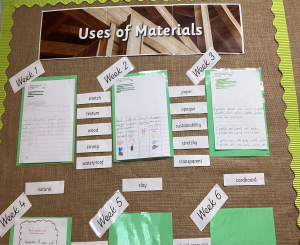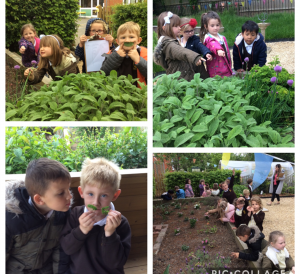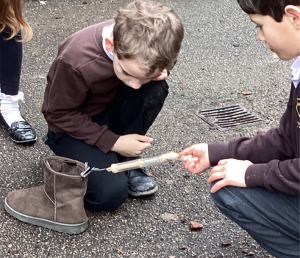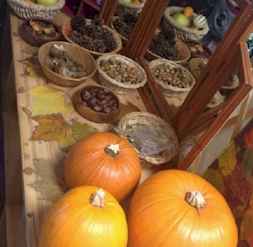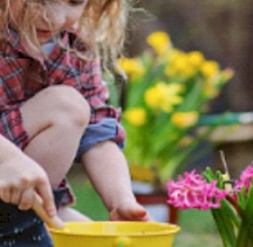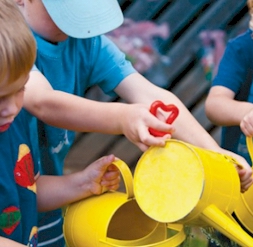
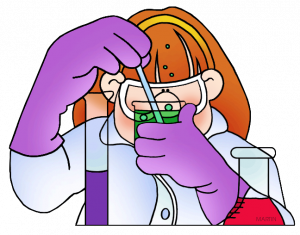
At Sandhurst Primary School, our intent is to approach science with a deeper, more engaging curriculum to enable pupils to aim high. With a mastery approach, to accelerate higher order thinking and create enjoyment within every lesson, the children will feel inspired and be equipped with the skills, and knowledge necessary to follow their own natural curiosity, applying the scientific inquiry and reasoning skills they have learnt to other settings, to seek challenge in all they do and experience in their lives.
The children will develop as scientists, with the foundations for understanding the world through the specific disciplines of biology, chemistry and physics. All children will be taught essential aspects of the knowledge, methods, processes and uses of science. They will be empowered with skills of observation, scrutiny, questioning, comparison and contrast, ordering and evaluation. They will become passionate enquirers and be utterly absorbed by the world around them; inspired to push boundaries of understanding through observation, testing, and hypothesising questions they have created themselves with kindness.
Where appropriate, pupils will be encouraged to apply their reading, writing and mathematical skills, using subject-specific vocabulary whilst presenting their work in written form, communicating ideas, researching in non-fiction texts and presenting and analysing data and figures.
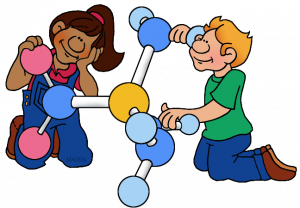 At Sandhurst Primary School we believe that high-quality science education provides the foundations for understanding the world through the specific disciplines of biology, chemistry and physics. Science has changed our lives and is vital to the world’s future prosperity, and all pupils should be taught essential aspects of the knowledge, methods, processes and uses of science. Through building up a body of key foundational knowledge and concepts, pupils at Sandhurst School are encouraged to recognise the power of rational explanation and develop a sense of excitement and curiosity about natural phenomena. They are encouraged to understand how science can be used to explain what is occurring, predict how things will behave, and analyse causes.
At Sandhurst Primary School we believe that high-quality science education provides the foundations for understanding the world through the specific disciplines of biology, chemistry and physics. Science has changed our lives and is vital to the world’s future prosperity, and all pupils should be taught essential aspects of the knowledge, methods, processes and uses of science. Through building up a body of key foundational knowledge and concepts, pupils at Sandhurst School are encouraged to recognise the power of rational explanation and develop a sense of excitement and curiosity about natural phenomena. They are encouraged to understand how science can be used to explain what is occurring, predict how things will behave, and analyse causes.
Year 1
| Year 1 | |||
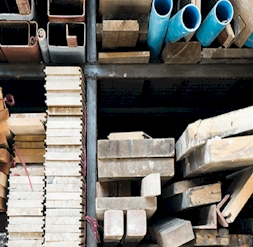
Everyday Materials This project teaches children that objects are made from materials. They identify a range of everyday materials and their sources. Children investigate the properties of materials and begin to recognise that a material's properties define its use. |
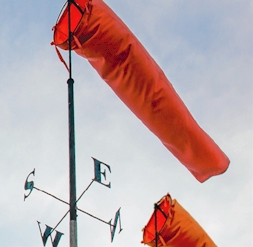
Seasonal Changes This project teaches children about the seasons, seasonal changes and typical seasonal weather and events. They learn about measuring the weather and the role of a meteorologist. Children begin to learn about the science of day and night and recognise that the seasons have varying day lengths in the UK. |
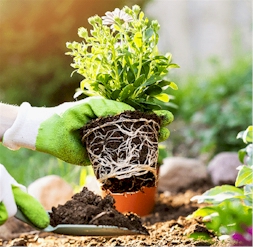
Plant Parts This project teaches children about wild and garden plants by exploring the local environment. They identify and describe the basic parts of plants and observe how they change over time. |
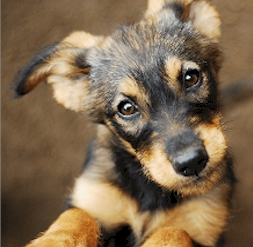
Animal Parts This project teaches children about animals, including fish, amphibians, reptiles, birds, mammals and invertebrates. They identify and describe their common structures, diets, and how animals should be cared for.
|
Year 2
| Year 2 | ||||
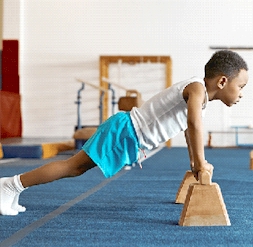
Human Survival This project teaches children about the basic needs of humans for survival, including the importance of exercise, nutrition and good hygiene. They learn how human offspring grow and change over time into adulthood. |
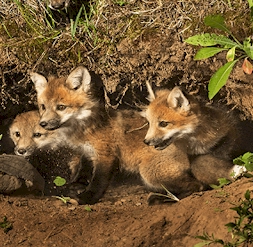
Habitats This project teaches children about habitats and what a habitat needs to provide. They explore local habitats to identify and name living things and begin to understand how they depend on one another for food and shelter. |
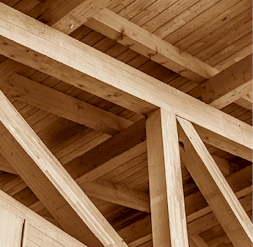
Uses of Materials This project teaches children about the uses of everyday materials and how materials' properties make them suitable or unsuitable for specific purposes. They begin to explore how materials can be changed. |
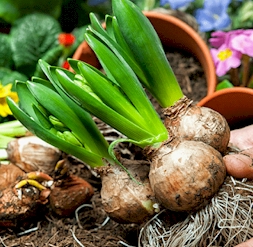
Plant Survival This project teaches children about the growth of plants from seeds and bulbs. They observe the growth of plants first-hand, recording changes over time and identifying what plants need to grow and stay healthy. |
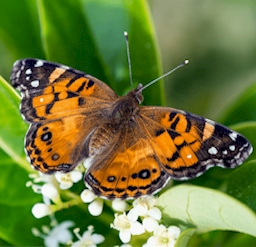
Animal Survival This project teaches children about growth in animals by exploring the life cycles of some familiar animals. They build on learning about the survival of humans by identifying the basic needs of animals for survival, including food, water, air and shelter.
|
Year 3
| Year 3 | |||
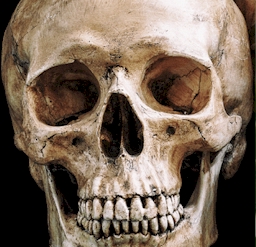
Animal nutrition and the Skeletal System This project teaches children about the importance of nutrition for humans and other animals. They learn about the role of a skeleton and muscles and identify animals with different types of skeleton. |
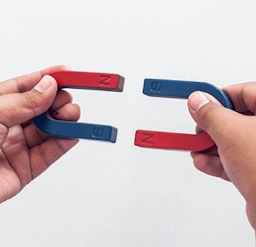
Forces and Magnets This project teaches children about contact and non-contact forces, including friction and magnetism. They investigate frictional and magnetic forces, and identify parts of a magnet and magnetic materials.
|
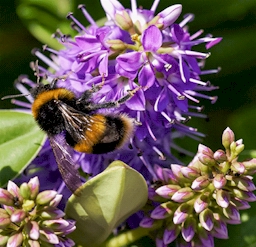
Plant Nutrition and Reproduction This project teaches children about the requirements of plants for growth and survival. They describe the parts of flowering plants and relate structure to function, including the roots and stem for transporting water, leaves for making food and the flower for reproduction. |
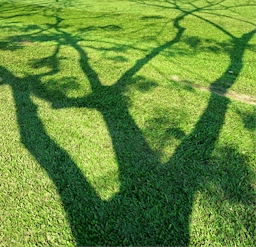
Light and Shadows This project teaches children about light and dark. They investigate the phenomena of reflections and shadows, looking for patterns in collected data. The risks associated with the Sun are also explored. |
Year 4
| Year 4 | |||
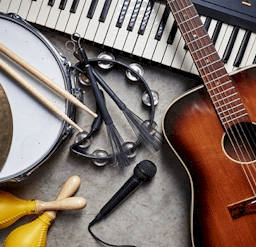
Sound This project teaches children about sound, how sound is made and how sound travels as vibrations through a medium to the ear. They learn about pitch and volume and find out how both can be changed.
|
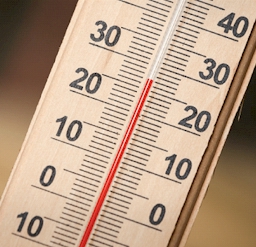
States of Matter This project teaches children about solids, liquids and gases and their characteristic properties. They observe how materials change state as they are heated and cooled, and learn key terminology associated with these processes. |
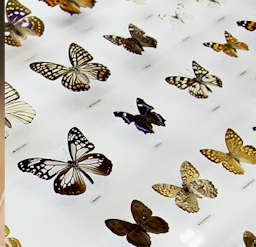
Grouping and Classifying This project teaches children about grouping living things, known as classification. They study the animal and plant kingdoms and use and create classification keys to identify living things. |
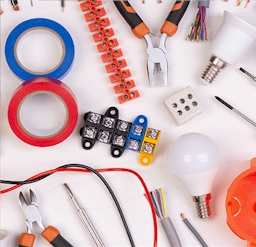
Electrical Circuits and Conductors This project teaches children about electrical appliances and safety. They construct simple series circuits and name their parts and functions, including switches, wires and cells. They investigate electrical conductors and insulators and identify common features of conductors. It also teaches children about programmable devices. |
Year 5
| Year 5 (Cycle B) | |||
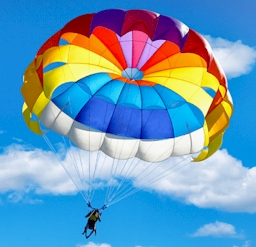
Forces and Mechanisms This project teaches children about the forces of gravity, air resistance, water resistance and friction, with children exploring their effects. They learn about mechanisms, their uses and how they allow a smaller effort to have a greater effect. |
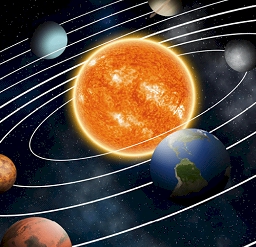
Earth and Space This project teaches children about our Solar System and its spherical celestial bodies. They describe the movements of the Earth and the other planets relative to the Sun, the Moon relative to Earth, and the Earth's rotation to explain day and night. |
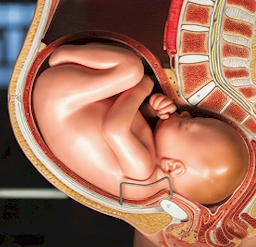
Human Reproduction and Ageing This project teaches children about animal life cycles, including the human life cycle. They explore human growth and development to old age, including the changes experienced during puberty and human reproduction. |
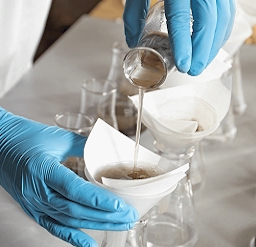
Properties and changes of materials This project teaches children about the wider properties of materials and their uses. They learn about mixtures and how they can be separated using sieving, filtration and evaporation. They study reversible and irreversible changes, and use common indicators to identify irreversible changes. |
Year 6
| Year 6 | |||
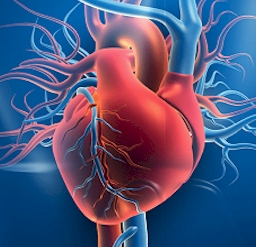
Circulatory system This project teaches children about the transport role of the human circulatory system, its main parts and primary functions. They learn about healthy lifestyle choices and the effects of harmful substances on the body. |
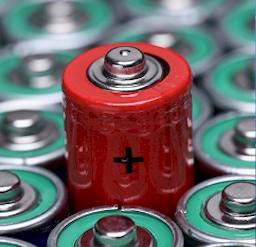
Electrical Circuits and Components This project teaches children about electrical circuits, their components and how they function. They recognise how the voltage of cells affects the output of a circuit and record circuits using standard symbols. It also teaches children about programmable devices, sensors and monitoring. They combine their learning to design and make programmable home devices. |
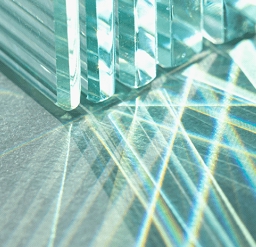
Light Theory This project teaches children about the way that light behaves, travelling in straight lines from a source or reflector, into the eye. They explore how we see light and colours, and phenomena associated with light, including shadows, reflections and refraction. |
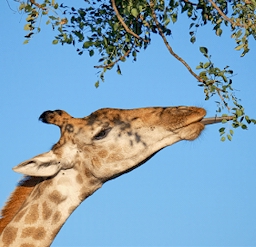
Evolution and Inheritance This project teaches children how living things on Earth have changed over time and how fossils provide evidence for this. They learn how characteristics are passed from parents to their offspring and how variation in offspring can affect their survival, with changes (adaptations) possibly leading to the evolution of a species. |
Our curriculum pedagogy is based on four distinct stages (known as the Four Cornerstones) which aim to give clear direction – through a carefully sequenced, interconnected and knowledge-rich planning sequence – for both teaching and learning: Engage – Develop – Innovate - Express
- Engage in memorable experiences that stimulate children’s curiosity, leading them to ask questions and talk about their prior learning.
- Develop new skills and knowledge by delving deeply into a theme, where children make links, create, explore, make, read and write.
- Innovate by returning to prior knowledge and skills so that children can use and apply these in new contexts (in and out of school).
- Express what has been learned by providing opportunities for children to reflect, test their knowledge and celebrate their achievements.
Following our Cornerstones Curriculum, we use quality-assured lesson resources, knowledge organisers, quizzes and question sheet to further support children’s developing scientific subject knowledge. The resources contain the essential facts that children need for each science topic, and the quizzes and question sheets are used to assess the children’s understanding.
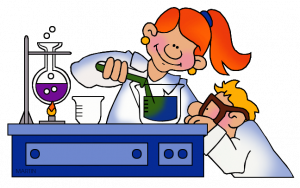 Our curriculum provides opportunities to see what knowledge children have retained and what skills they have mastered through clear curriculum endpoints which help teachers to make judgments about each child’s progress and attainment. Typically, at the end of each unit, children will complete an assessment that takes the form of a short quiz/ series of questions – this is known as an express task. This provides a summative insight that is used alongside outcomes and pupil voice to assess what has been learned.
Our curriculum provides opportunities to see what knowledge children have retained and what skills they have mastered through clear curriculum endpoints which help teachers to make judgments about each child’s progress and attainment. Typically, at the end of each unit, children will complete an assessment that takes the form of a short quiz/ series of questions – this is known as an express task. This provides a summative insight that is used alongside outcomes and pupil voice to assess what has been learned.
What do our pupils say?
We want our pupils to develop a love for science and as a result remind them, if they continue to aim high, as a scientist, they could become an astronaut, vet, biologist, civil engineer, automotive engineer, theme park designer, architect and many other exciting professions.
Aspirations for the future
We want our pupils to develop a love for science and as a result remind them, if they continue to aim high, as a scientist, they could become an astronaut, vet, biologist, civil engineer, automotive engineer, theme park designer, architect and many other exciting professions.

Cornerstones Curriculum
We provide a creative curriculum based around the Cornerstones Curriculum, a nationally recognised approach for delivering outstanding learning opportunities for children.
What is the Cornerstones Curriculum?
The Cornerstones Curriculum is a creative and thematic approach to learning that is mapped to the Primary National Curriculum to ensure comprehensive coverage of national expectations. Our new curriculum will be delivered through Imaginative Learning Projects (ILPs) which will provide a rich menu of exciting and motivating learning activities that make creative links between all aspects of our children’s learning.
We believe children learn better when they are encouraged to use their imagination and apply their learning to engaging contexts. Our new curriculum will provide lots of learning challenges throughout the academic year that will require children to solve problems, apply themselves creatively and express their knowledge and understanding effectively across the curriculum.
Cornerstones also provide a rigorous essential skills framework that outlines the end of year expectations in all subjects. These essential skills are tied to activities and are age related so that staff can track children’s progress and identify their individual learning needs.
How it Works?
Children will progress through four stages of learning in each ILP – Engage, Develop, Innovate and Express. To find out more about these stages please click on the link through to Cornerstones website:
https://cornerstoneseducation.co.uk/why-cornerstones/
Please find downloadable PDF versions of the Information available for the Science Curriculum.
Cornerstones - Science Curriculum Overview
